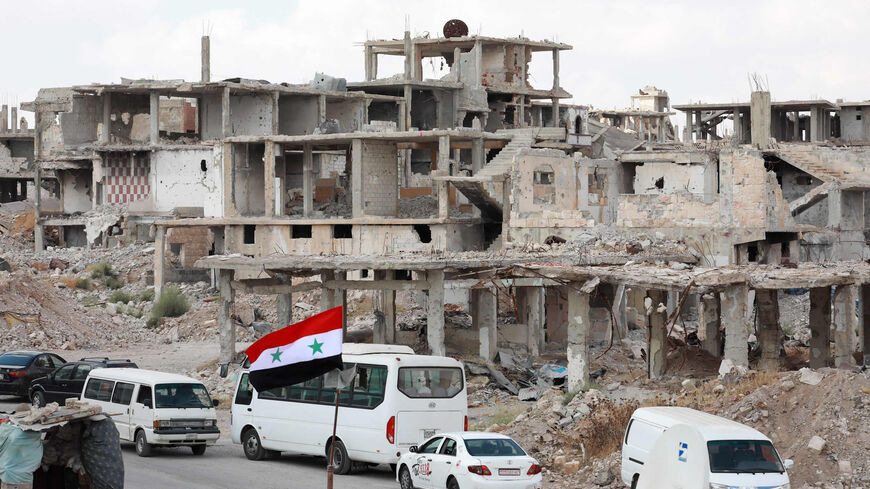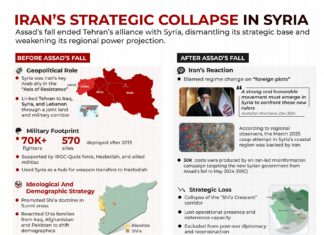
According to the al-Modon news agency, there is an agreement between several countries to establish an administrative region in the south, with the approval and participation of the Syrian regime.
It reported that “returning to this project, which has been proposed during the past years, took place seven months ago. It was at the time the Jordanian monarch visited the United States last May before the first implementation phases began in November 2022.”
According to the information, King Abdullah bin Al-Hussein presented the American administration with the idea of the project and succeeded in convincing the White House of it as a solution to ease Iran’s grip on Syria. This was in exchange for the regime’s involvement in the project.
Sources to al-Modon said: “Washington has pledged to support the idea if the required political support is provided by Russia and the Assad regime, as well as the financial backing by several Gulf countries.”
However, this information contradicts the reports published by Jordanian media last June, titled “A Safe Zone in Southern Syria”.
At that time the report stated that there were plans to “establish a safe zone on the Syrian-Jordanian border, at a depth of more than 35 kilometers, to counter Iranian penetration.”
During that time, Jordanian sources said: “A meeting took place in Jordan between representatives of Arab countries and leaders of the Syrian opposition. It was decided at the meeting to establish the safe zone with the approval of the UAE, Saudi Arabia, Jordan and Egypt, and with American support, to put an end to Iranian influence in southern Syria.”
Nevertheless, al-Modon’s sources reveal that two other meetings were held last September, the first in Dubai in the Emirates, and the second in Jeddah in the Kingdom of Saudi Arabia. They were attended by representatives from Daraa from the political opposition and leaders and former commanders of the Free Syrian Army.
The sources mentioned that the delegates of the countries informed the representatives of the military opposition that the project is based on forcing the Iranian militias, as well as the regime forces associated with them, to leave the south to a distance of 55 kilometers (up to the town of Kanaker in the countryside of Damascus).
While everyone agreed to the proposal, one of the former FSA commanders, Kinan Eid, refused to participate in the project, stipulating that the Iranian militias be removed from Houran (Daraa) first. He then returned to Daraa, only to be killed two days after his arrival by unidentified assailants storming his home.
While Syrians accused those in charge of the project of killing Eid, others believe that the assassination was executed by Iran.
Nour Abul Hassan, an activist from Quneitra (southern Syria), confirms that the project includes the provinces of Daraa, As-Suwayda and Quneitra and that it has already been approved by the regime and Russia.
Al-Modon contacted leaders of the party, which had already fought with the Iranian-backed military security in the countryside of As-Suwayda. Although they did not deny the information obtained by the news agency, they preferred not to speak about the issue at the moment.
Several Syrian critics and analysts, whom al-Modon contacted, believe that have recently found important evidence of the validity of the project, including the violent escalation in the conflict.






